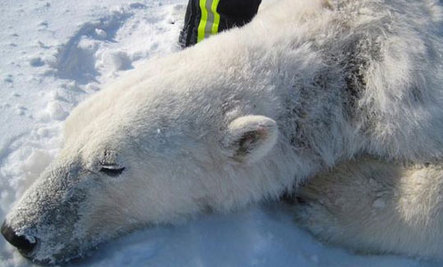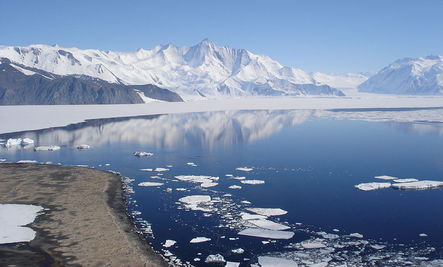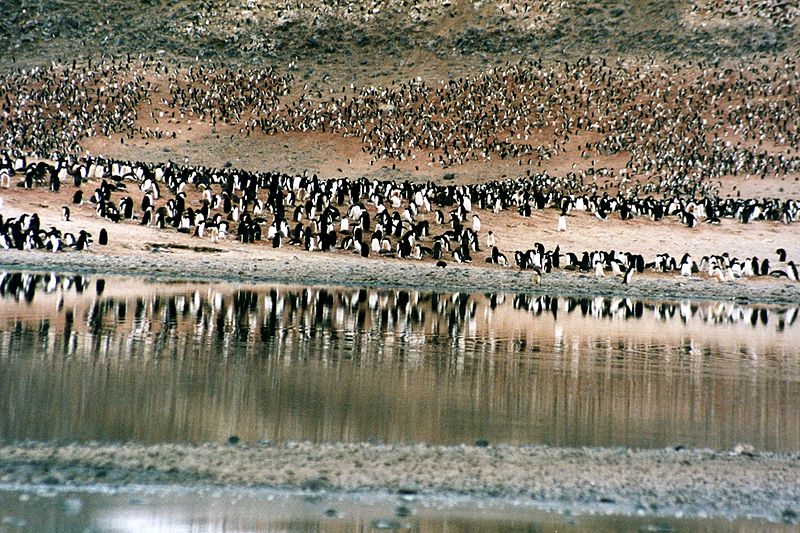Published April 15, 2012 in
Love For Earthlings,
We Love Gaia,
What's New |
Tags:
auto-immune diseases,
climate change,
conscious consumer,
natural biotoxins,
polar bears,
pollutants,
radiation,
Wildlife |
Leave a comment

Nine Alaskan polar bears near the southern Beaufort Sea were found with skin lesions and hair loss in the past two weeks, according to the The United States Geological Survey (USGS). It is not known what is causing these conditions, but they could be man-made and natural biotoxins, radiation, contaminants, auto-immune diseases, nutritional, hormonal and environmental factors. The same problems were also observed in seals and walruses in the region.
According to a USGS memo,”Evidence of alopecia and other skin lesions may be difficult to see unless the bear can be observed closely. In the polar bears that USGS has observed to date,
the most common areas affected include the muzzle and face, eyes, ears and neck.”
In the southern Beaufort Sea region a USGS survey estimated there were about 1,526 polar bears. Because of climate change, there is less and less ice available for polar bears in this area. Offshore oil drilling began there in the early 1970s due to the presence of large oil and gas reservoirs.
Polar bears are vulnerable to man-made pollutants due to the fact wind currents carry them there from other places, so they can accumulate in large quantities. Polar bear bones have already been weakened by these pollutants.
Article by J. Richardson

In the Antarctic, fish adapted to the very cold waters with antifreeze proteins to help them survive. Hundreds of species there evolved after a period of rapid cooling tens of millions of years ago. You might expect temperature changes resulting in mass die offs and adaptions would be large, but in some cases even small temperature changes can cause large impacts. Research conducted at Yale University indicates even a two degree increase in Antarctic waters could lead to extinction of local fish.
“The development of polar climatic conditions that shaped the [evolution] of Antarctic fish is now reversing. The increasing temperature of the Southern Ocean, with the potential for the arrival of invasive species and disruption of food webs, is the greatest threat to the survival of this unparalleled [diversity],” said Yale ecology professor Thomas Near. (Source: Yale Daily News)
Some people might not particularly care about the Antarctic fish, but they are a significant food source for penguins and seals. Some of the penguin species living in the area of Antarctica are Emperors, Adelies, Chinstraps, Gentoos, Kings and Macaronis.

One of the main contributors to climate change from humans is livestock agriculture. About 51 percent of climate change gases are created by it. So reducing one’s meat consumption is a good way to shrink climate change emissions. The lesson that everything is connected in Nature, seems to be a challenging one for the human species to learn.
Article by J. Richardson






